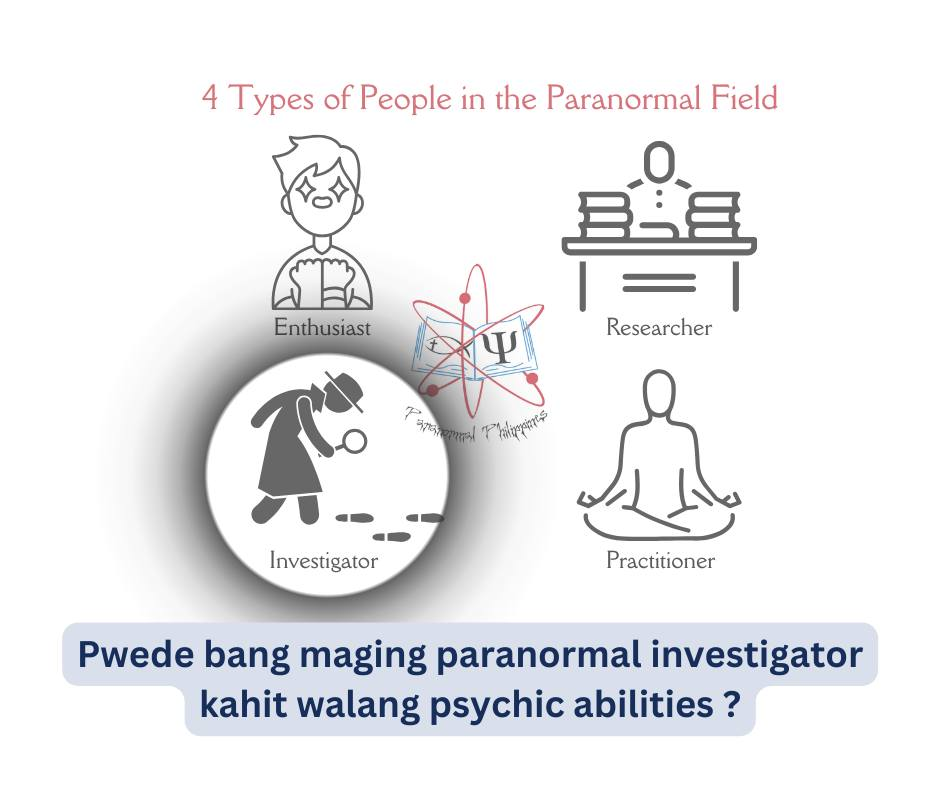Investigation Tool: Hypothesis Mapping
 🏠 |
🧭 |
🏠 |
🧭 |
Thinking clearly in the face of mystery
Sometimes we stumble on something strange — a ghostly whisper, a UFO report, an object falling from a clear blue sky — and the temptation is to leap to the most exciting (or boring) explanation. But if we want to understand the truth behind anomalies, we need more than belief. We need a method.
That’s where hypothesis mapping comes in.
Hypothesis mapping is the practice of laying out all possible explanations for a phenomenon — and then mapping out what evidence supports or weakens each one. You can also break hypotheses into sub-hypotheses, look for predictions, and identify counter-evidence.
It’s like turning your mystery into a branching tree of logic, instead of a foggy maze of guesses.
Below is a map created by Berlinghoff Rasmussen (a moderator of r/UFOs), showing the major hypothesis families for the origin of unidentified aerial phenomena — from extraterrestrials and parallel universes to psychological and military explanations:

click/tap and zoom to get a bigger view
📌 Why it works:
This visual shows the full range of interpretations, including both extraordinary and mundane ones. It lets investigators avoid tunnel vision by considering all the possibilities — not just the ones that match their beliefs.
🧊 Example 2: Megacryometeors
Even in non-paranormal mysteries, hypothesis mapping is useful. Take the case of megacryometeors — giant ice blocks falling from the sky, sometimes in clear weather. This second diagram breaks down two major hypotheses.
Airplanes
↳ Sub-hypotheses: toilet leaks, condensation tanks
↳ Counter-evidence: some events occurred before powered flight
Cool tropopause conditions
↳ Evidence: atmospheric anomalies during the events
↳ Counter-evidence: unclear if the needed thrust can occur without storms

Notice how this approach not only reveals evidence and counter-evidence for each hypothesis, but it also surfaces assumptions and objections, giving a fuller picture of the unknown.
📌 Why it’s great:
This map doesn’t just list ideas — it also:
Separates evidence from assumptions
Flags counter-evidence for each idea
Lays out sub-hypotheses
Marks objections that challenge or weaken theories
This is the kind of careful reasoning that strengthens investigation — paranormal or otherwise.
It helps you think like a detective, not just a believer or a debunker.
It helps you explore all possibilities — from natural to extraordinary
It prevents confirmation bias — the trap of only seeing what you want to see.
It keeps your investigations structured, balanced, and transparent.
It gives you a visual snapshot of your thinking — useful when presenting findings or working with a team.
🛠️ How to Make One (Basic Steps)
1. Start with your central question
→ “What caused the haunting?”
2. List all possible hypotheses
→ Ghost? Hallucination? Prank? Dimensional overlap?
3. Break them into sub-hypotheses if needed
→ If it’s a ghost: is it residual energy or an intelligent spirit?
4. Add evidence and counter-evidence
→ Note what supports each idea — and what doesn’t fit.
5. Ask key questions for each hypothesis:
→ If this is true, what else should I expect to observe?
→ What kind of evidence or reasoning would support or weaken this explanation?
6. Surface assumptions and objections
→ Is this theory relying on something unproven, unlikely, or speculative?
→ Has it been challenged by any counterpoints or conflicting data?
7. Organize it visually
→ Use a branching diagram like Rasmussen’s, or try a table or mind map — whatever helps you think clearly.
8. Keep the map flexible and evolving
→ Continuously review and revise it as new information comes in. Avoid locking into a single theory too soon—drop weaker ideas, strengthen promising ones, and let your map grow with your investigation.



Comments
Post a Comment